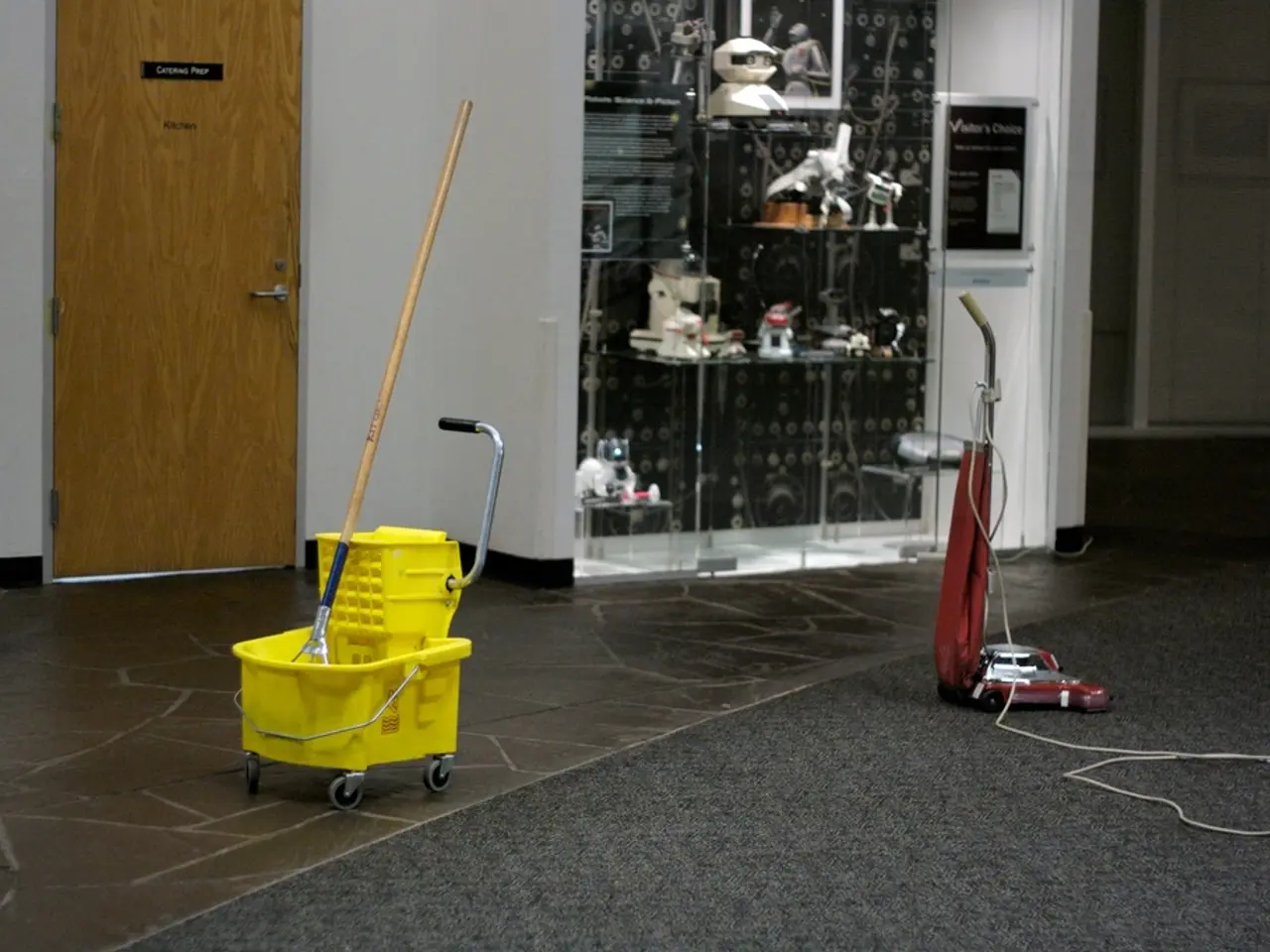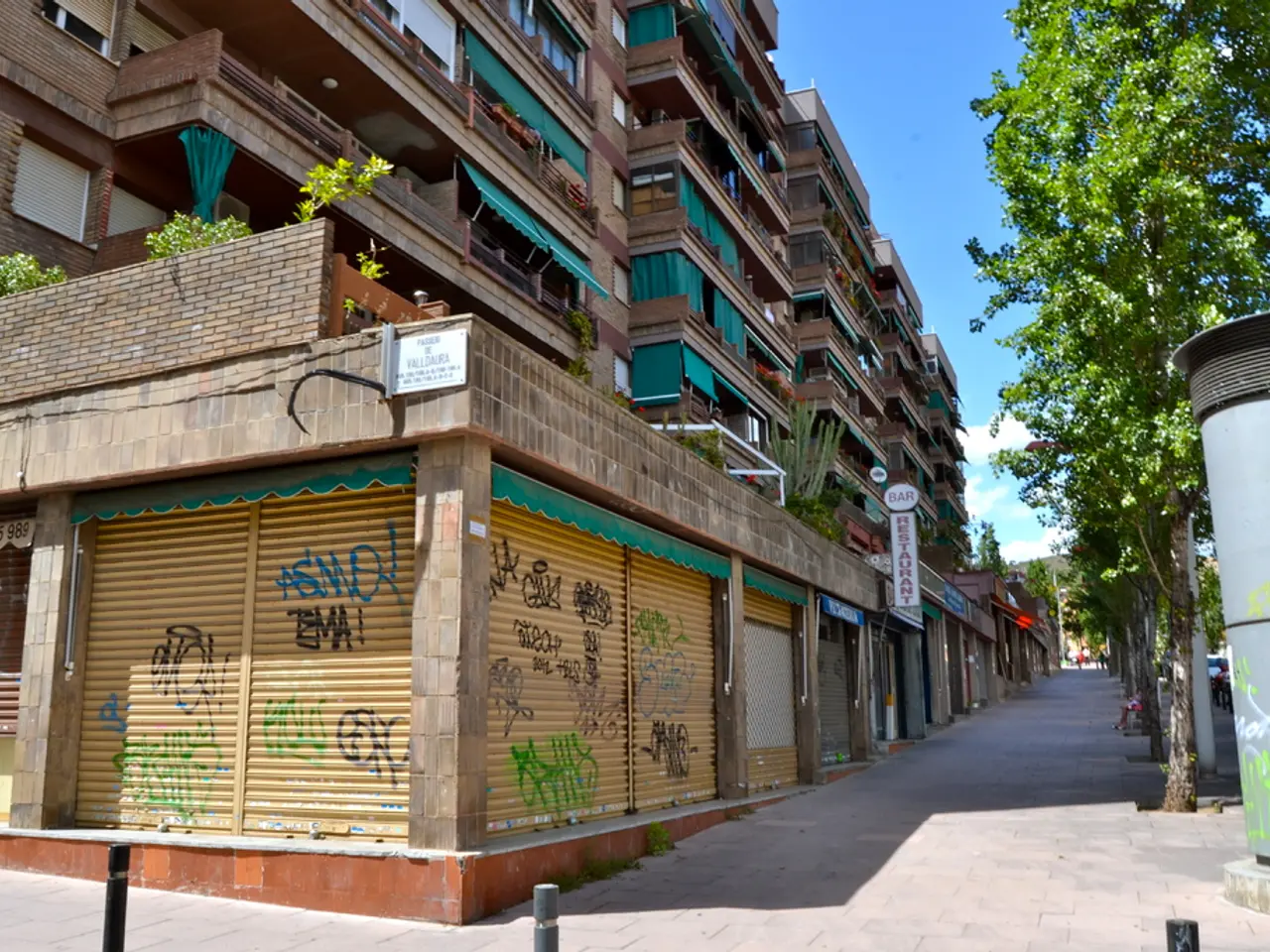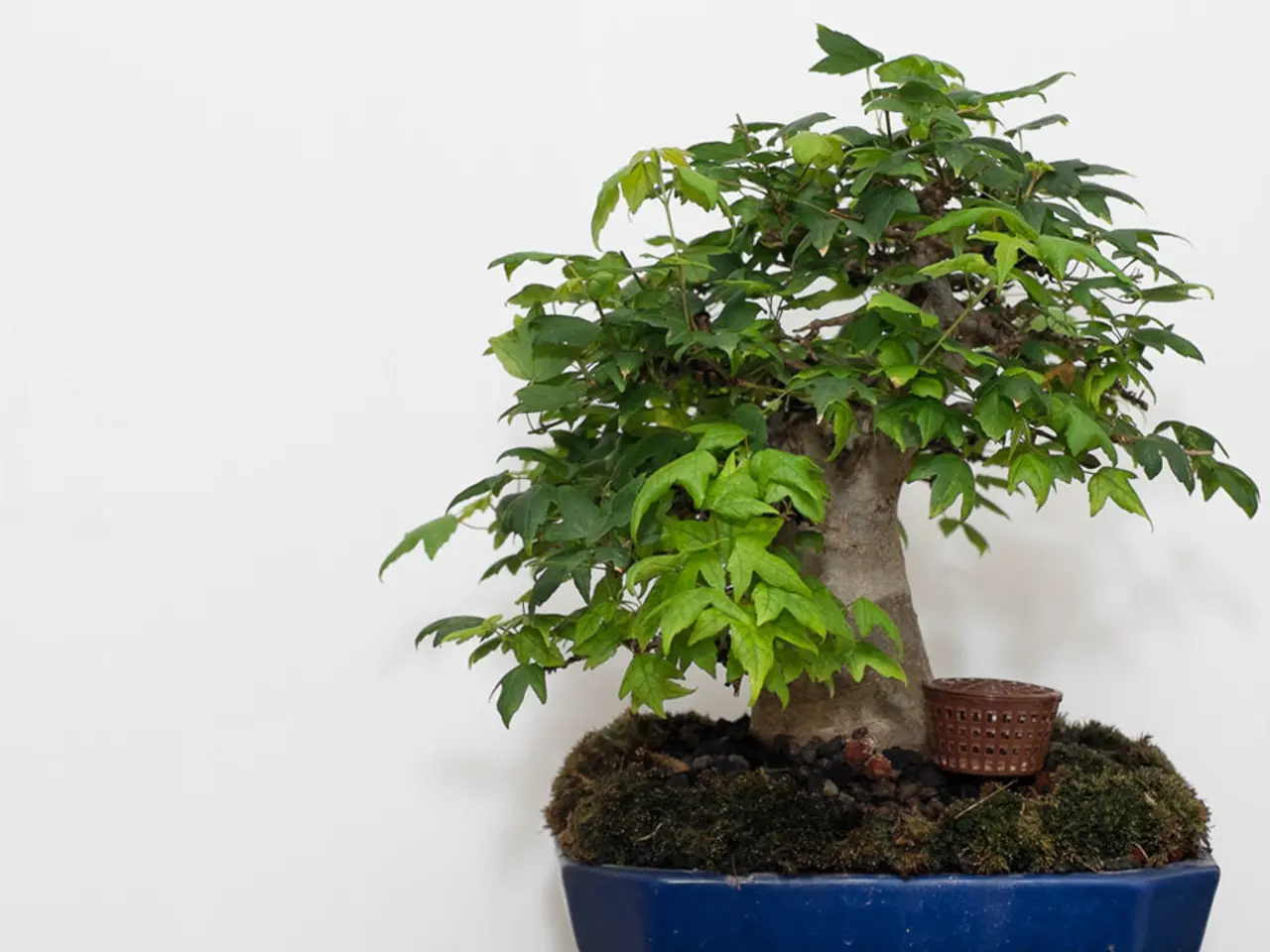Tiny Treasures: The Booming Miniature Art Scene in India
Small joys: The boom in demand for compact dining sets, seating, and artwork
Micro masterpieces are taking over our screens! From tiny thalis no bigger than a finger nail to exquisitely detailed model train compartments the size of an eraser, miniature art is on the rise and going viral. And it's all in the details.
Social media is abuzz with minute collectibles, especially food, appearing as fridge magnets, wedding favors, pooja offerings, and personalized gifts for friends. At birthday parties, miniature versions of the cake are becoming popular as "keep-cake" keychains. Artists skillfully work within a size range of five to seven centimeters, strike the right balance between delicacy and detail. They emphasize precision and intent, ensuring everything looks adorable.
No psychology lecture required to understand that miniaturized replicas of real-life objects—from model trains to Lego sets, architectural models, Barbies, even bobbleheads—tap into our need for control. Things that are overwhelming at full scale become manageable in miniature form. In an era where we video everything, mini versions feel familiar and loved. Take, for example, Chennai-based Sudha and Neha Chandranarayan's videos (@CNArts_Miniatures) of their handmade clay micro Maggi noodles, which have quietly amassed an impressive 39.6 million views, and the money rolling in isn't so small either.
Miniature Marvels
Sudha Chandranarayan, 55, has spent over three decades mastering various crafts. From mural work to doll-making and other painting styles, she learnt it all while traveling through Mumbai, Indore, and Porbandar. Her daughter, Neha, 25, who partners with her on each creations, discovered clay miniatures around two decades ago. "My mom has the ability to absorb local art forms like a sponge," shares Neha. They initially conducted workshops, passing on their techniques before the rise of fancy art-supply shops and 10-minute delivery apps.
"We used air-dry clay back in the day, which a relative would bring us from Thailand," says Chandranarayan. Today, materials are readily available, and Neha shares her work process regularly on social media, helping connect with other artists. Their keychains, magnets, and earrings start at ₹499, available on their website CNArtsMiniatures.com.
In Mumbai, Sailee Samel, 35, works with polymer clay to create the tiniest vada pao carts, vintage bakery nooks, and chai tapris. "It's like refined roti dough," she notes. The clay comes in various colors, reducing painting time, and giving miniatures a crack-free, stone-like texture when baked. Importing it from the U.S. unfortunately drives up costs, making it four times more expensive than air-dry versions. But that doesn't seem to deter customers one bit—Samel received a massive order for 50 handcrafted pieces priced at ₹1 lakh from a dedicated collector.
Creating a microcosm
Sourcing top-quality materials is only the beginning. The real challenge lies in accurately recreating intricate, complex objects in miniature form. Take, for example, Chandranarayan's mini thali, complete with over 15 individual foods. Each food item is crafted by hand, requiring tens of hours for the rice alone, with artists sticking together nearly 300 tiny grains to create a realistic effect. Paying close attention to details like how gravies settle and pools of oil collect on the curry are important too. After all, even though it's just a bite-sized portion, it must look good enough to eat.
The miniature craze isn't just about food—artists and entrepreneurs are mastering an array of items, from furniture to birthplaces, using foam board, balsa, polish, paints, even 3D-printed elements. The results are nothing short of breathtaking, capturing emotions and memories in a perfectly tinier-than-life format. From personalized gifts to emotional storytelling (in 1:16 scale), the opportunities are endless for artists and collectors alike.
From HT Brunch, June 14, 2025
Follow us on www.instagram.com/htbrunch
- The miniature art scene in India is not confined to food items; artists and entrepreneurs are also creating miniature replicas of various everyday objects, such as furniture, birthplaces, and even 3D-printed elements, showcasing a microcosm of the lifestyle and home-and-garden scenarios in India.
- The need for control over complex objects leads people to collect miniature versions, as seen with miniature thalis, trains, Lego sets, and other items, like vada pao carts, vintage bakery nooks, and chai tapris, which are gaining popularity as unique entertainment options and collectibles.
- In the booming miniature art industry, health considerations also play an essential role—some artists use high-quality, safe materials, like polymer clay or air-dry clay, in their creations to maintain the tiny, intricate details they meticulously craft, ensuring that the finished products are not only small but also safe to handle.




